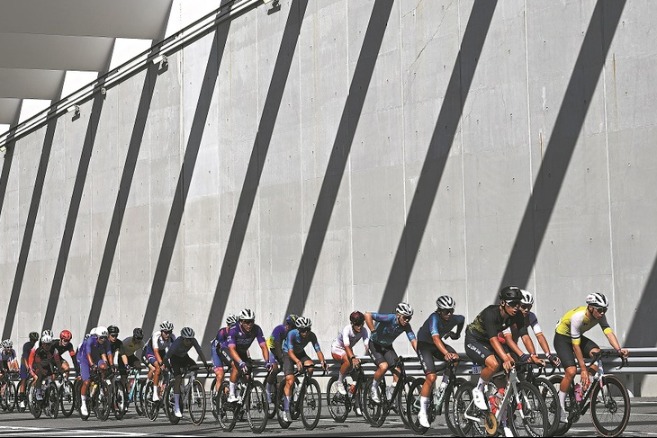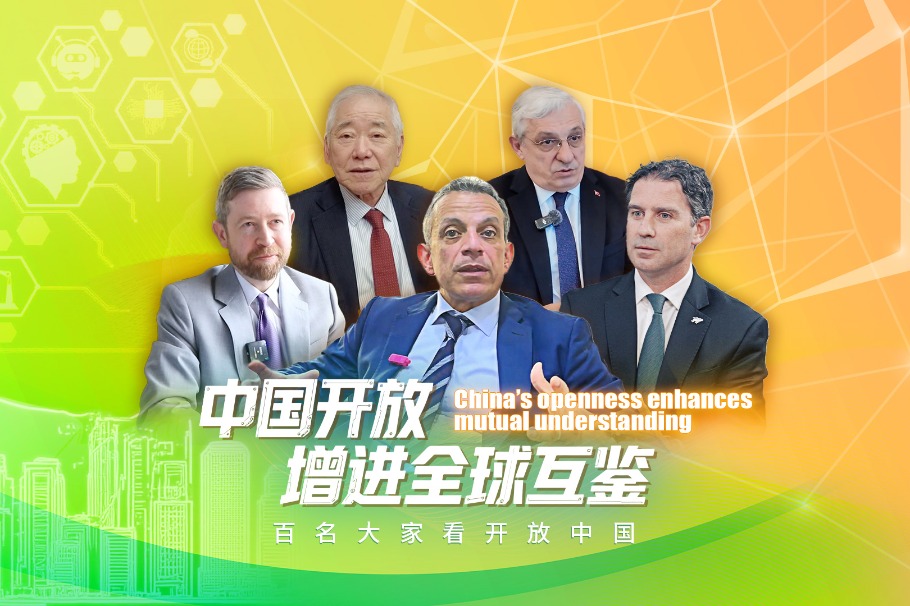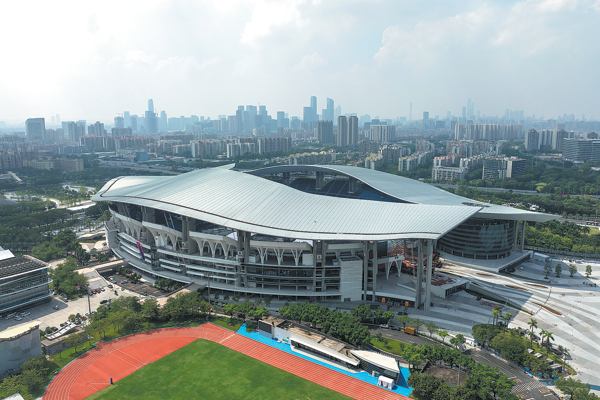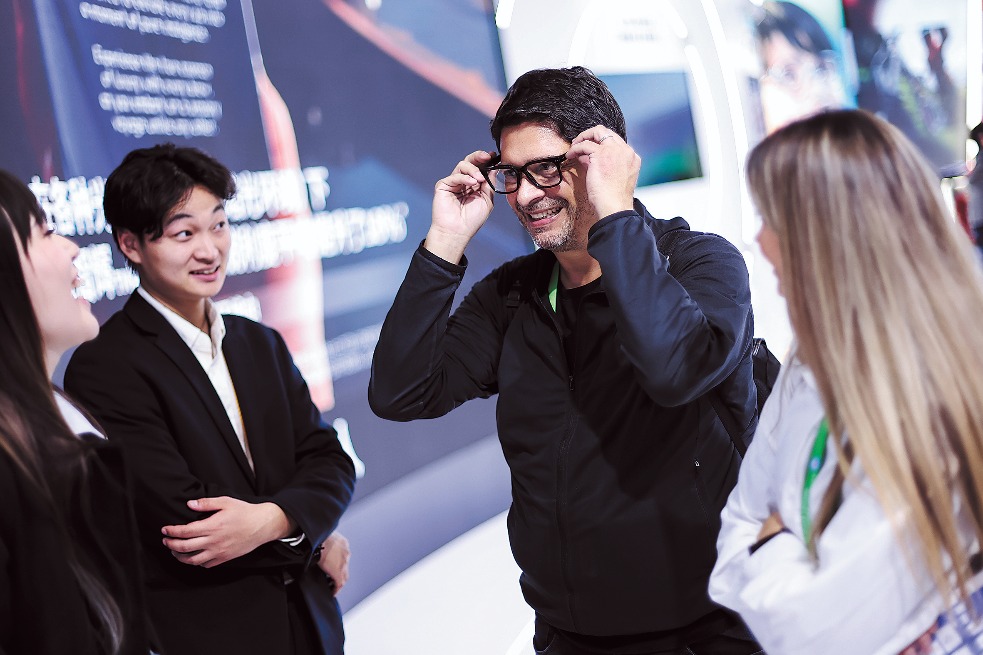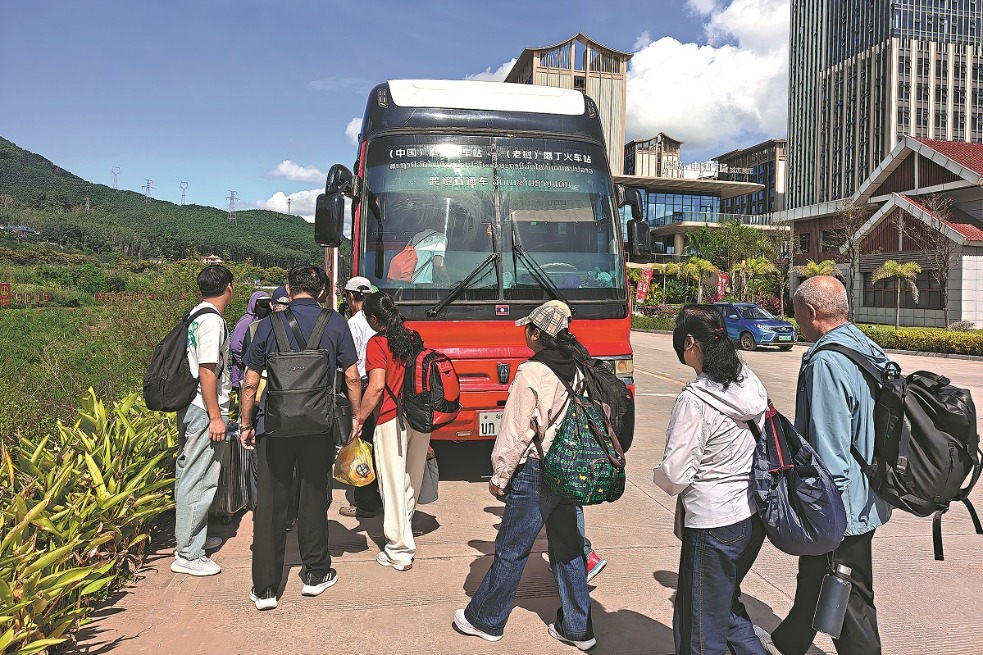Art puts Fuliang back in the picture
Area once famed for its tea and porcelain hosts a creative endeavor

On the first day of May, the project Art at Fuliang officially raised its curtain in Fuliang county, Jingdezhen municipality, Jiangxi province.
Twenty five artists from five different countries brought 22 art works and turned the 18-square-kilometer county into a roofless art museum after more than five months of intensive preparation.
These art works were constructed with local resources, built by local workers, and they tell stories about local people.
Fuliang is famous for the quality porcelain and tea it produces. It used to export these two products overseas through the Maritime Silk Road in ancient times.
The tea trade in the county started in the Han-Jin period (220-280), and flourished in the Tang Dynasty (618-907). According to documental material from ancient times, Fuliang's tea attracted people from across China, and the place "produced seven million packets of tea every year, contributing a tax of more than 150,000 guan (the unit of currency back then)".
Bai Juyi, one of the most famous Chinese poets from the Tang Dynasty, wrote in his renowned work Song of the Pipa Player, "the merchant cared for money much more than for me, one month ago he travels to Fuliang to purchase tea; leaving his lonely wife alone in an empty boat, shrouded in moonlight, on the cold river I float…"
The history of porcelain firing in Fuliang can be traced back to the Song Dynasty (1127-1279). The raw material for porcelain is a clay mineral called kaolin, named after Gaoling village in the county. Nature's gift made the place famous as "the capital of porcelain".
Art at Fuliang is the first regional art festival carried out by Art Field China, while Fram Kitagawa, a celebrated international curator, took on the role as consultant.
"We sincerely hope that a regional art festival takes root and flourishes in Fuliang, growing more abundant with higher quality, and leaving a legacy," states the Art Field China team.
Artist Xiang Yang, born in 1967, graduated from the Academy of Arts& Design, Tsinghua University in the early 90s, has exhibited works at venues including the Museum of Art and Design in New York, the Painted Bride Art Center and Art Alliance in Philadelphia, plus Today Art Museum and the National Art Museum of China in Beijing. This time, he gave new life to two abandoned houses.
He collected images of Jingdezhen and Shiziyuan village, both past and present, from which he selected figures and carved their silhouettes into the walls of the house. The scraps of paint and lacquer peeled off during the carving process are collected in a small transparent bag under each figure. The figures on the walls and the scraps in the pouches thus become the visual narrative of the image itself.
People see the history and process of ceramic making, the migration and construction of the village through the carved images on the wall. At the bottom of the window facing a stream, there are silhouettes of people washing clothes by the water; lift the hanging bamboo basket, you will find rice-sized carved chickens.
"If you fill the fallen scraps back in, you are supposed to get the flat wall back like nothing happened," says Xiang. "The idea is to preserve and show everything-the trace of the past time, and the memory of these two houses."
The work is part of the old house, part of the time, and they tell the viewer who walks into the house a little bit about it; they exist in another form in the memory of the village.
Wu Jian'an, who once introduced his work as one of the representatives of Chinese artist at the 57th Venice Biennale in 2017, brought art pieces involving efforts of residents to the event.
Since 2016, after Wu completed a public art project named Free the Monkey King for the Metropolitan Museum of Art in New York, he began to create a series of work themed 500 Brushstrokes.
Wu invited natives to choose the size and type of brushes, color or ink, dry or wet, and leave traces on the rice paper freely. Then he cut out the collected brushstrokes and assembled them together on a blank paper. The random brushstrokes are like the subconscious projected onto the rice paper, revealing the creators' character and style.
Wu claims that no single one of the strokes is boring, and together they form dramatic tension on the paper, showing fresh vitality of Fuliang. "People here are more introverted, as their brushstrokes are narrow and clear," he says.
Shen Lieyi is a 52-year-old sculptor from Hangzhou city, Zhejiang province. He presented his way of integrating natural and daily elements into the material, space and concept of sculpture arts through his work-a bamboo woven nest.
The nest stands tall on the relatively empty ground, many holes are left all over the nest, like opened windows. Visitors are welcomed to climb up on bamboo ladders or walk around on the nest, overlooking the tea fields from above.
Shen calls the work traveling in the Clouds, he wishes that the nest could carry people to reach the sky like clouds.
Also, Shen made a seesaw crossing the drilled wall of an idle tool shed, blocking people on two sides of the seesaw from seeing each other.
The inspiration comes from the artist's fascination about "walls", "some walls are visible, but some are not, such as the 'wall' between different cultures and civilizations".
As international travel is limited by Covid-19, foreign artists provided the creation idea and supervised the production process through online communication.
Paola PM, who was born in Italy and currently lives in the United States, made a 20-meter-high rainbow ladder leaning on the outer wall of the lounge built by the sponsor; Rlkujl Makabe from Japan boarded up a small tile storehouse with painted planks, reflecting how the community is formed from countless small units; considering the long history of tea cultivation and trading in Fuliang, David Gerstein from Israel placed two steel-made colorful teacups in tea fields; Maaria Wirkkala from Finland upgraded and colored the water tanks in the village with her insight as a sculptor, hopes to remind people of the importance of water resources.
Art is not the only solution to boost the development of the countryside, but it is undoubtedly a steady and efficient way to help the countryside to establish dialogue and interaction with the outside world, and to create more possibilities for future.
A field is where hope grows.
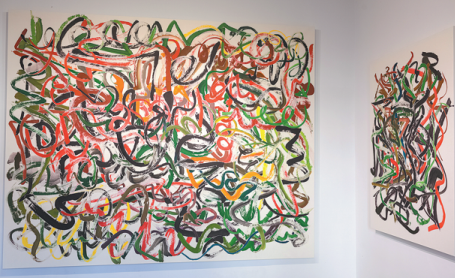
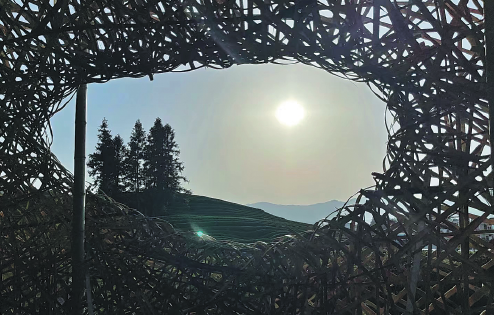
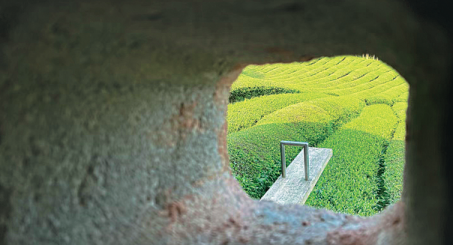
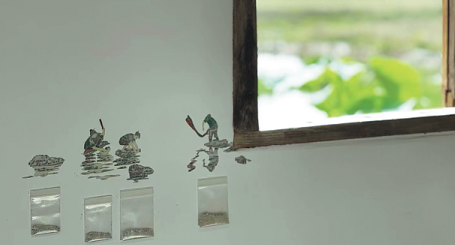
Today's Top News
- CIIE testament to country's high-standard opening-up and development potential: China Daily editorial
- Cooperative ties serve common interests: China Daily editorial
- Xi congratulates Catherine Connolly on assuming Irish presidency
- Inclusivity critical for AI governance
- Massive response to latest bonds issue
- Control of precursor chemical exports tightened



















